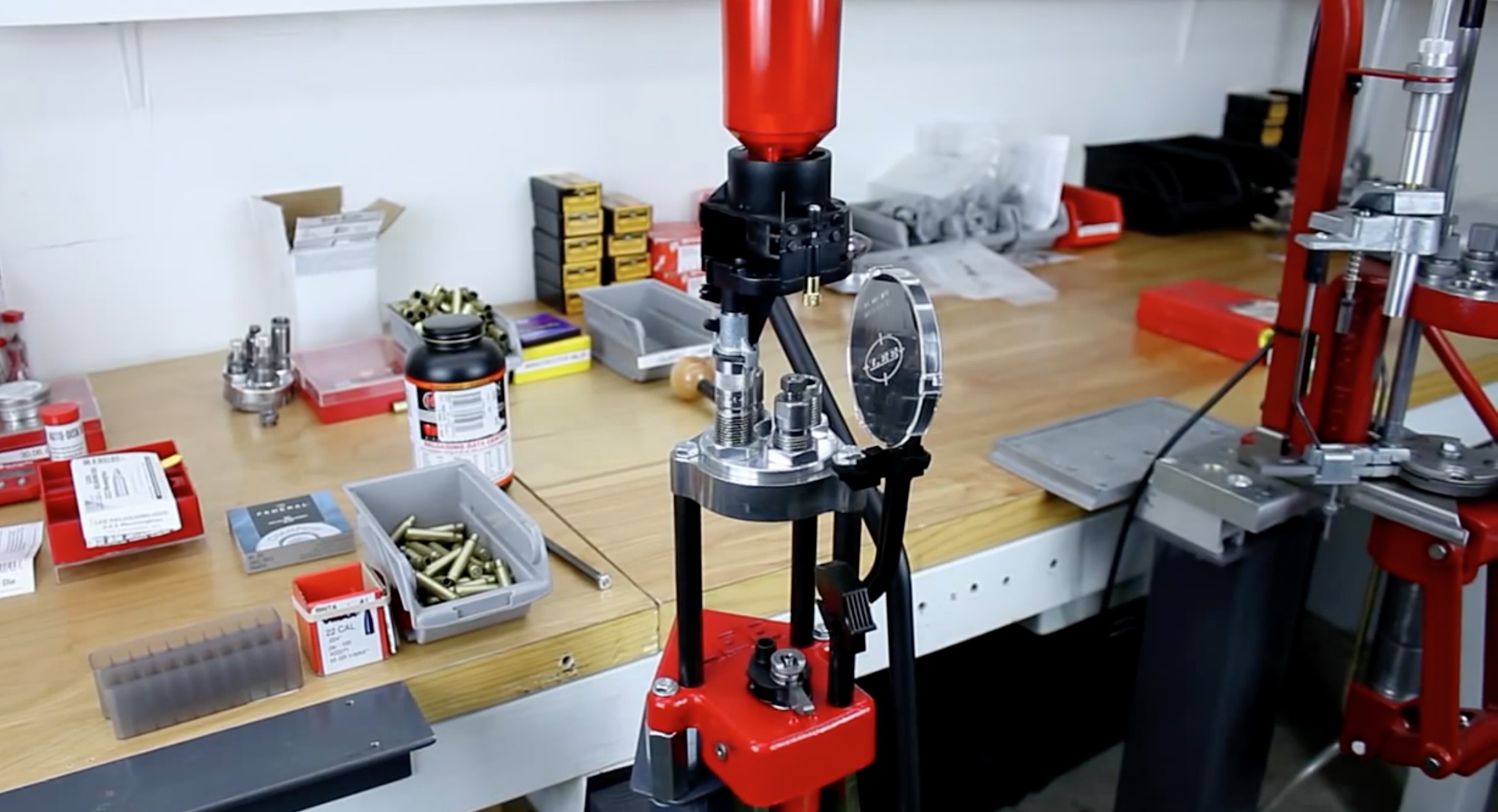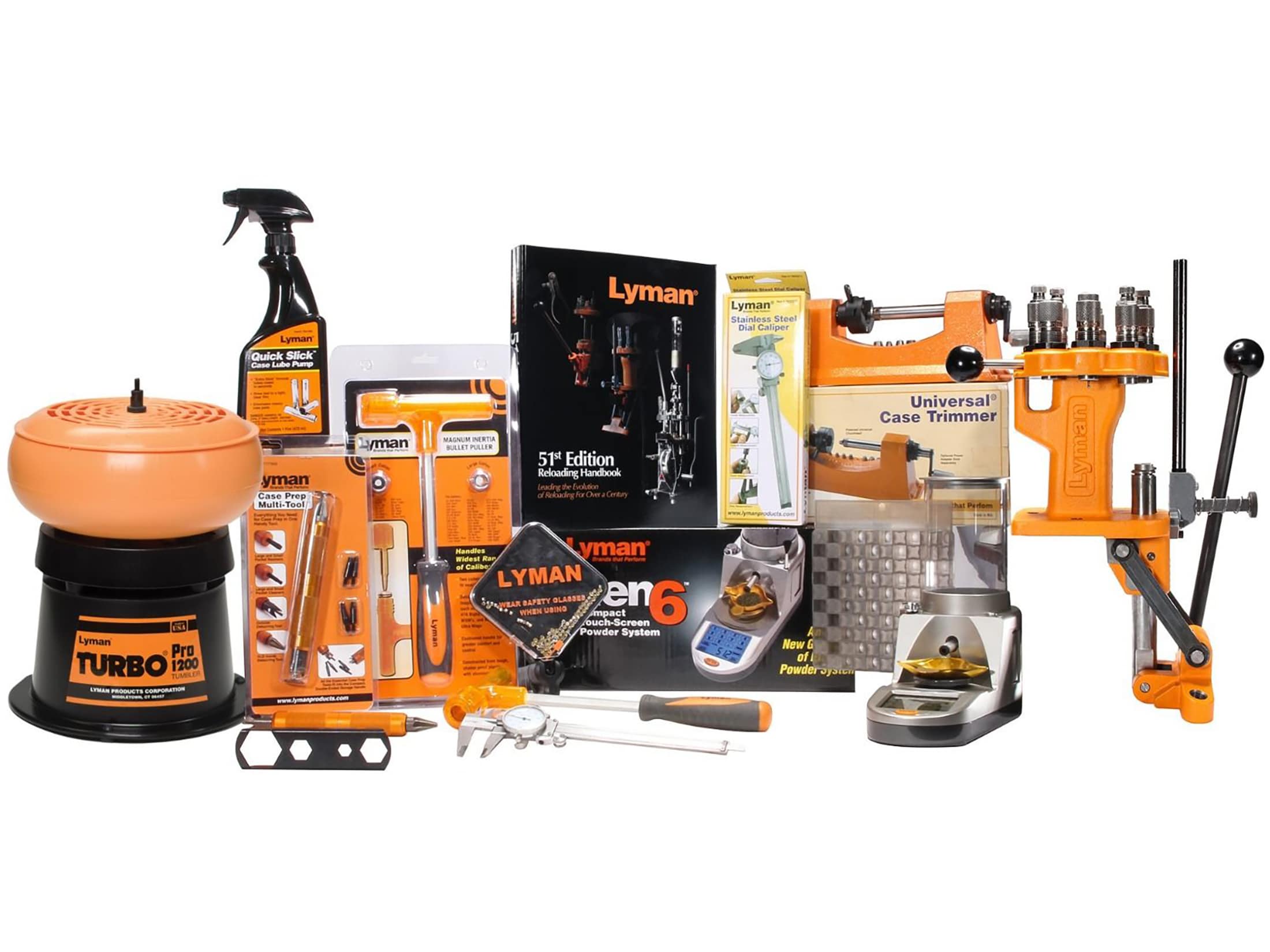
Stopping and starting again has another huge benefit. Starting with twenty treats helps develop the assessment process into a good training habit. As you become familiar with the assessment process, you’ll find that you are constantly monitoring and adjusting your training.

It is a great way to gauge the emotional state of your horse. Using food has so many advantages and this is one of them. You won’t be training, and training, and training, and missing some early warning signs that your horse is feeling either a little overwhelmed, confused, or overly excited by this new game. Very soon you will just fill your pockets, but beginning with just twenty treats is a good strategy for these initial sessions. You won’t always be limiting your training sessions to just twenty treats at a time. Once you’ve decided what you’re going to work on next, refill your pockets with another round of twenty treats and go back to your horse. The last question you’ll ask is what should you do with your next twenty treats? Should you do more targeting, go to simpler food delivery lessons, or shift to another foundation lesson? Use that as an indicator that you need to make some adjustments. If a lesson becomes too hard, if you are jumping ahead too fast, if the criteria are not clear, if your timing is off, or if the level of environmental distractions is too much, you’ll see this expressed in grabber treat taking. How a horse takes treats is a good indicator of the level of emotional stress a horse is experiencing. When horses are feeling overwhelmed or confused by the training, they will often express their stress by becoming grabbier for the food. Some of the behavior Julia described in her post makes me think that she may have been asking for too much too fast. So the loopy training teaching strategy is a good way to know when to change criterion. And not only do you get to move on, you should move on. The mantra of loopy training is: when a loop is clean, you get to move on. If your horse is clumsy getting the treat off your hand or shows a lot of mugging behavior, your loop is not clean. It’s not enough to have clean targeting behavior. Both sides of the click have to be clean to have a clean loop. In a clean loop these behaviors occur promptly and there are no unwanted behaviors creeping into the loop. Present the target => your horse touches the target => click => treat => present the target. This first targeting session gives you a way of assessing where he is and what you should do next to get him off to a successful start.Īnother question is do you have a clean loop of behavior? Your first training loop is: Your horse will tell you where he needs to begin, and what he needs to work on next. And some horses that have had little or no handling need to begin, not with targeting, but with simple accepting-you-in-their-vicinity lessons. In other words do you need to backchain the whole process? Most of our horses are already familiar with hand feeding so you can go straight to targeting, but some need these more basic beginning steps. Other questions are: how did he do? What did you learn about your horse? Is targeting a good starting point or do you need to make things even more basic by beginning with just food delivery, then adding in the click, then making the click contingent on behavior.
#Clocker reloading full
Was there anything about your horse’s behavior that would suggest that it would be unsafe to go in the stall with him with your pockets full of treats? Until his behavior shows you that he would be safe, you’ll stay with protective contact. Privacy Policy: Please click here to view our Privacy Policy.“While you are reloading, you will be assessing what just occurred. It is not the bank advertiser’s responsibility to ensure all posts and/or questions are answered. Responses have not been reviewed, approved or otherwise endorsed by the bank advertiser. Regarding comments: Comments posted at the bottom of Travel with Grant pages and posts are not provided or commissioned by the bank advertiser. Any opinions, analyses, reviews or recommendations expressed here are the author’s alone, not those of the credit card issuer, and have not been reviewed, approved or otherwise endorsed by the credit card issuer. Bank, and Wells Fargo.Įditorial Note: The editorial content on this site is not provided by the credit card issuer. Advertiser partners include American Express, Bank of America, Barclaycard, Chase, Citibank, Discover, U.S. Travel with Grant has not reviewed all available credit card offers in the marketplace.

Travel with Grant has financial relationships with many of the cards mentioned here, and is compensated through the credit card issuer Affiliate Program.

Advertiser Disclosure: Travel with Grant is an independent, advertising-supported web site.


 0 kommentar(er)
0 kommentar(er)
